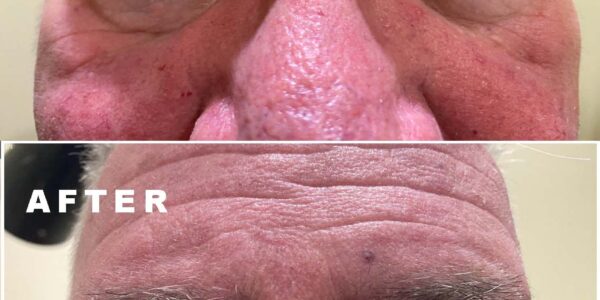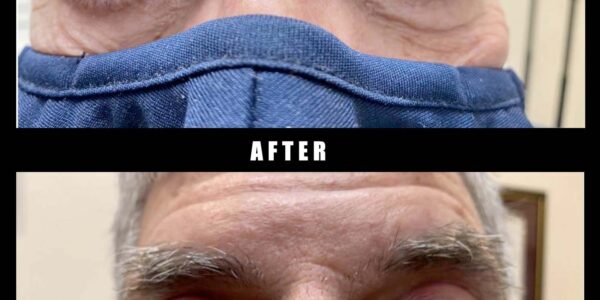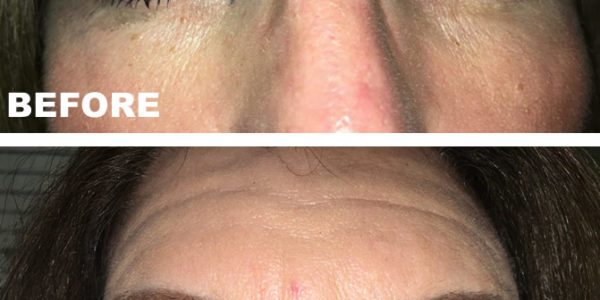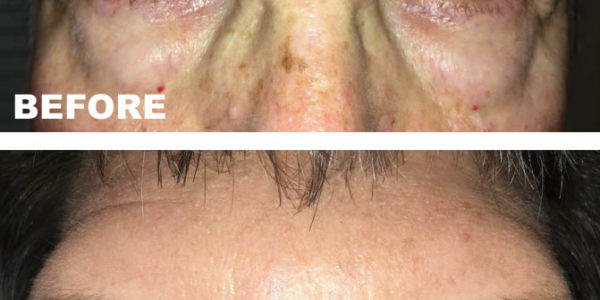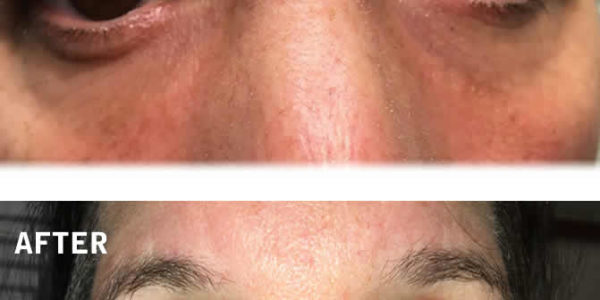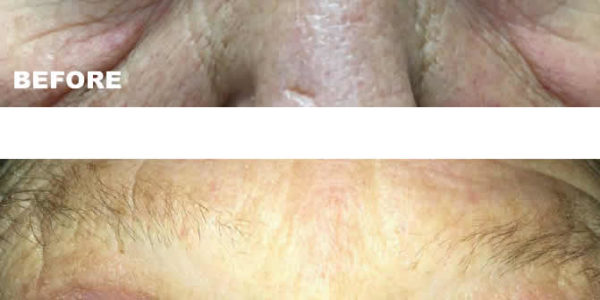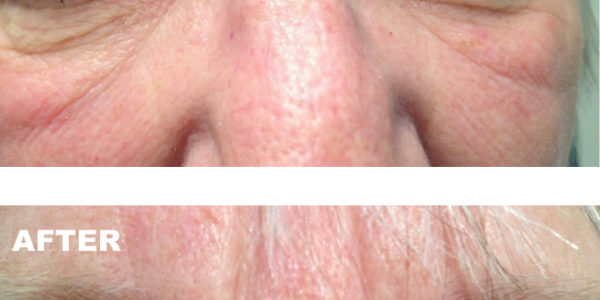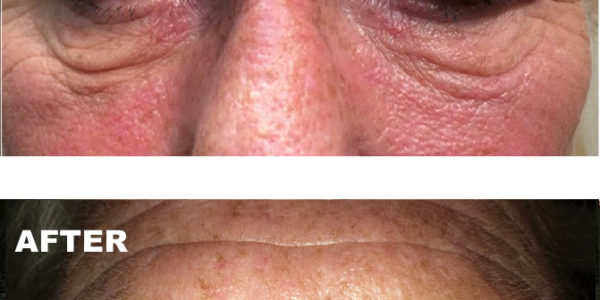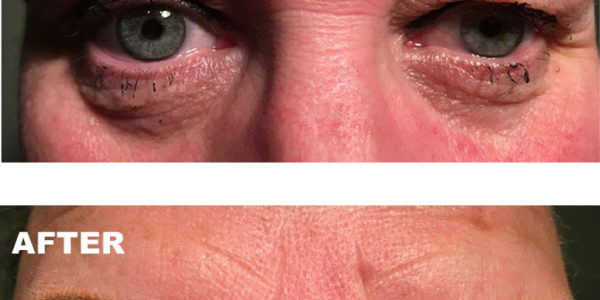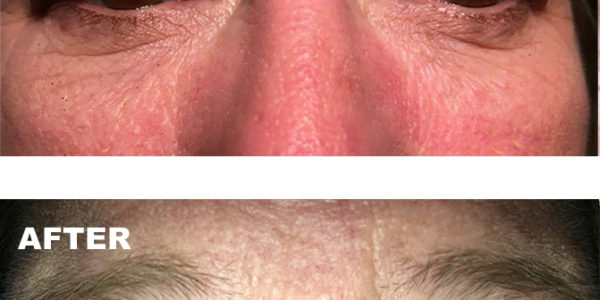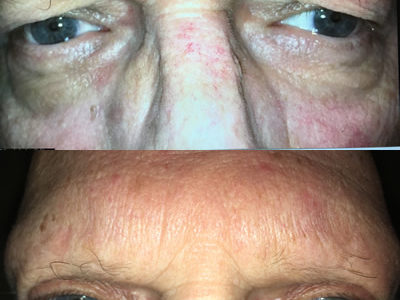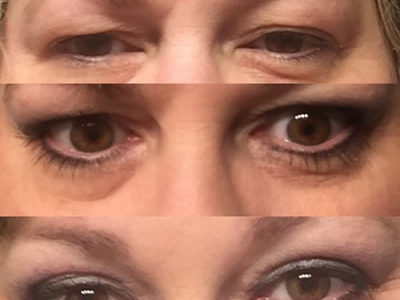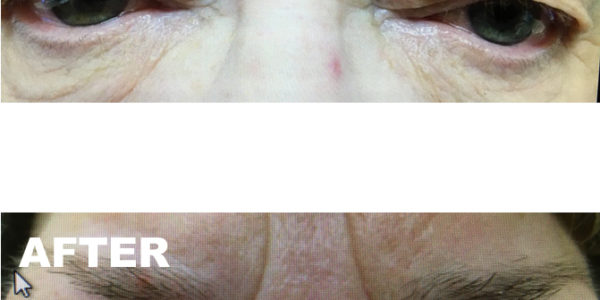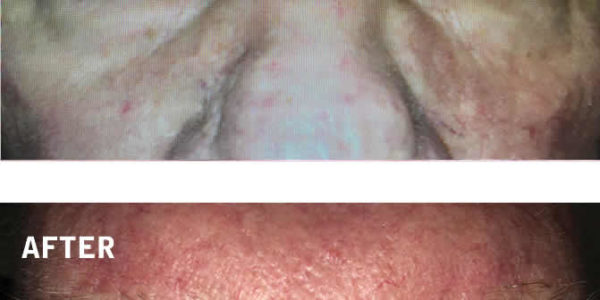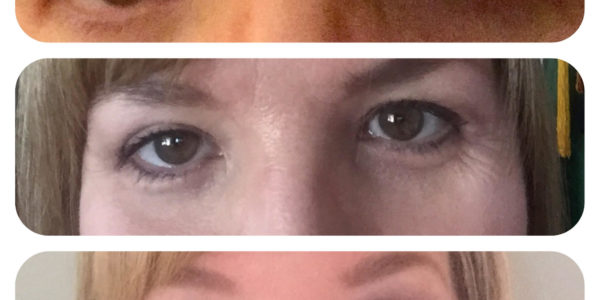Upper Eyelid (blepharoplasty)
Drooping of the upper lids results from the loss of skin elasticity and the integrity of underlying eyelid structures. This can lead to an aged appearance and a decrease in the field of vision. Patients that wear make-up often complain about their makeup smearing throughout the day when the upper eyelid skin is redundant. If there is a large degree of skin laxity, an upper eyelid blepharoplasty (eye lift) may be the treatment of choice. Eyelid lifts are performed. Excess skin is excised using a hidden lid crease incision and the protruding fat is sculpted, excised or repositioned to rejuvenate the eyelid. The hidden eyelid crease incision prevents visible scarring. An eyelid lift leads to a more rejuvenated and refreshed appearance. There are small anatomical differences in each eyelid which means that each eyelid lift needs to be customized.
BEFORE AND AFTER
Click On Image To Open
Eyelid surgery, or blepharoplasty, is a surgical procedure to improve the appearance of the eyelids. Surgery can be performed on the upper lids, lower lids or both.
Whether you want to improve your appearance or are experiencing functional problems with your eyelids, eyelid surgery can rejuvenate the area surrounding your eyes.
- Loose or sagging skin that creates folds or disturbs the natural contour of the upper eyelid, sometimes impairing vision
- Fatty deposits that appear as puffiness in the eyelids
- Bags under the eyes
- Drooping lower eyelids that reveal white below the iris
- Excess skin and fine wrinkles of the lower eyelid
There are a many conditions that lead to drooping eyelids which our surgeon will evaluate for during your consultation. If the medical treatment of your condition does not lead to a correction of your drooping lids, a surgical procedure may be a possible solution. Surgical repair of a drooping lid requires a skillful surgeon. Blepharoplasty is an outpatient procedure usually performed with local anesthesia.
Entropion/Ectropion (turning eyelid)
As we age the eyelid tissue and underlying support system weakens which may lead to an eyelid that sags, turns out or turns inward toward the eye. A poorly positioned eyelid can lead to damage of the ocular surface and should be repaired if this is the case. There are several other reasons why an eyelid may be malpositioned which your surgeon can explain to you at the time of your consultation. Repair of eyelid position can be done in the office under local anesthetic and has minimal downtime.



